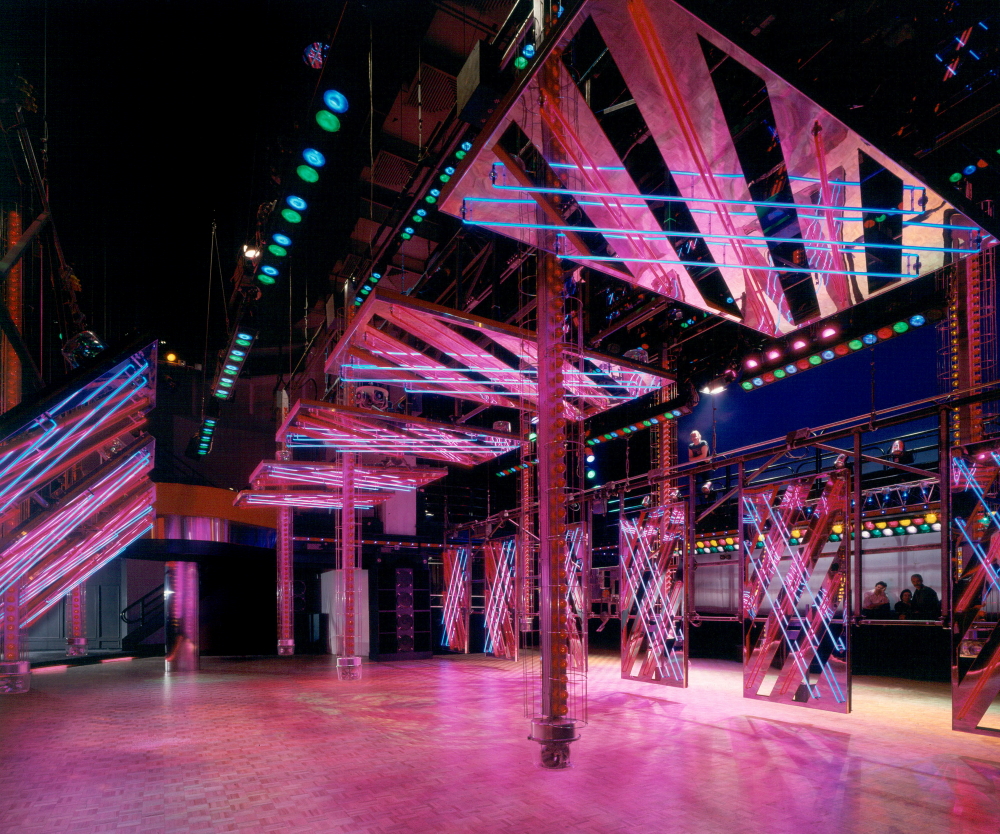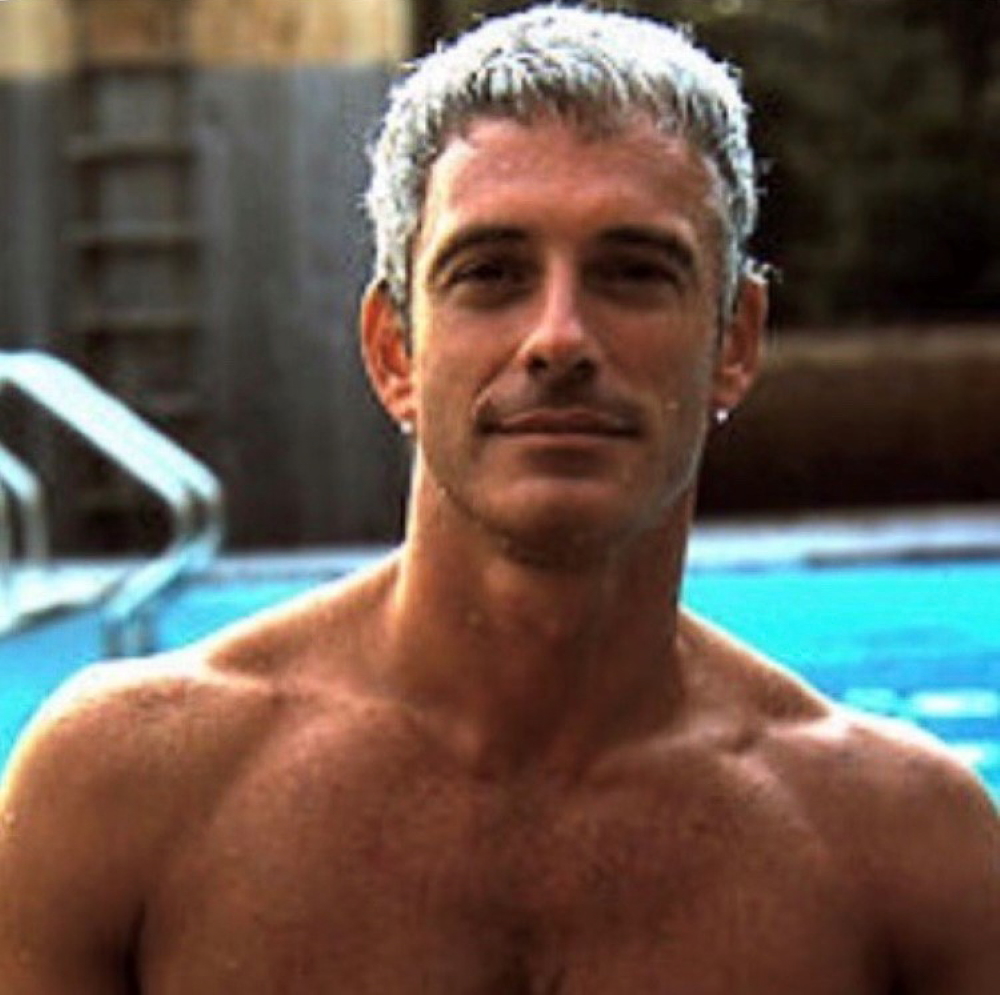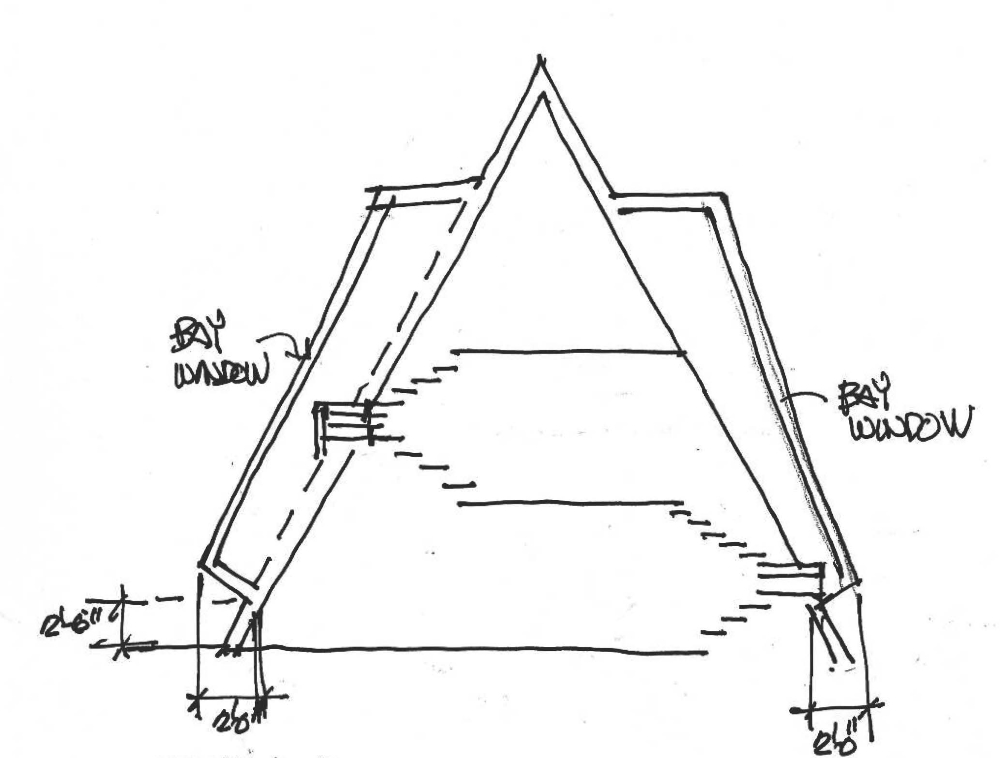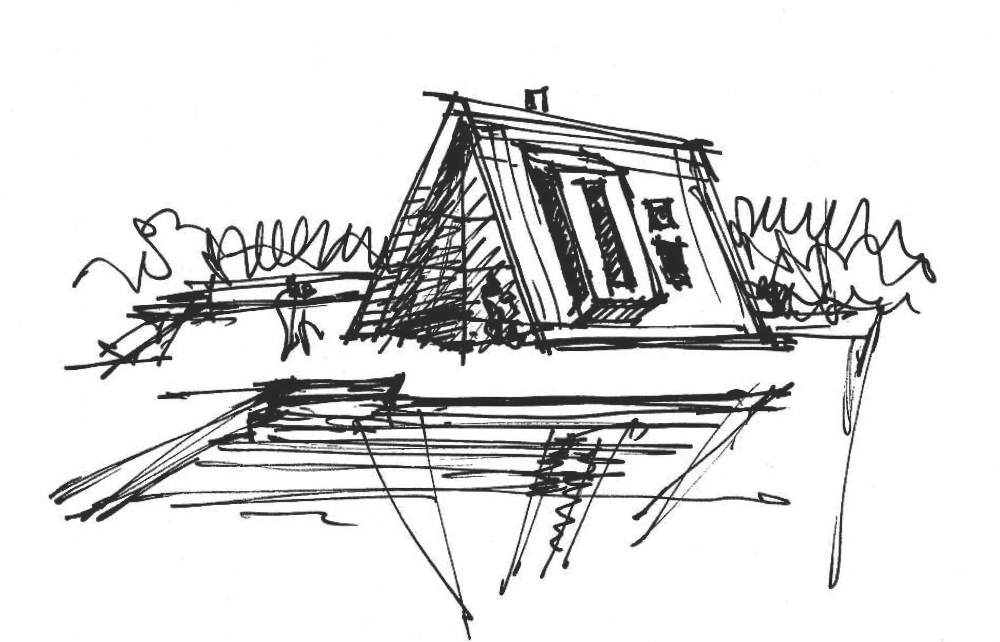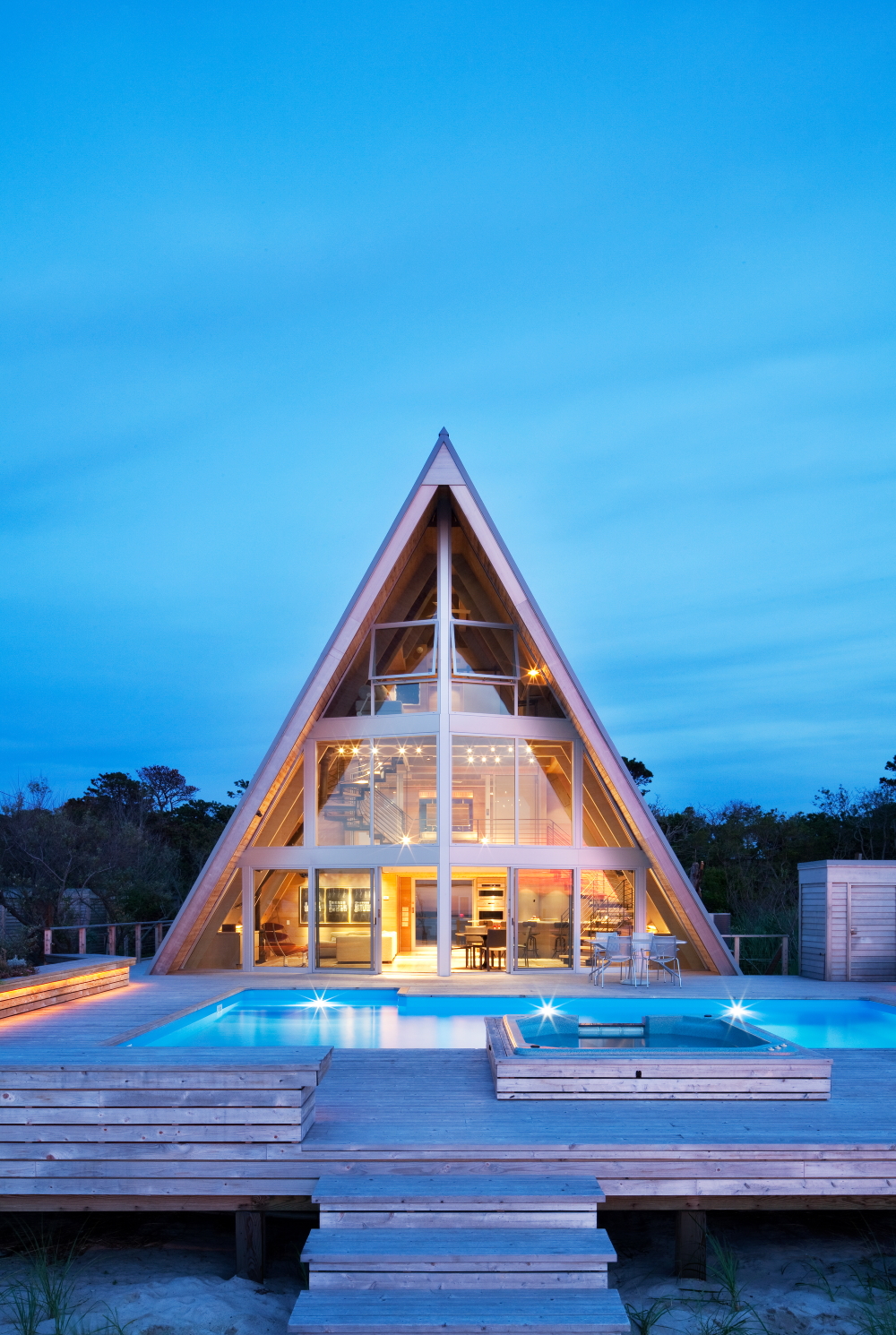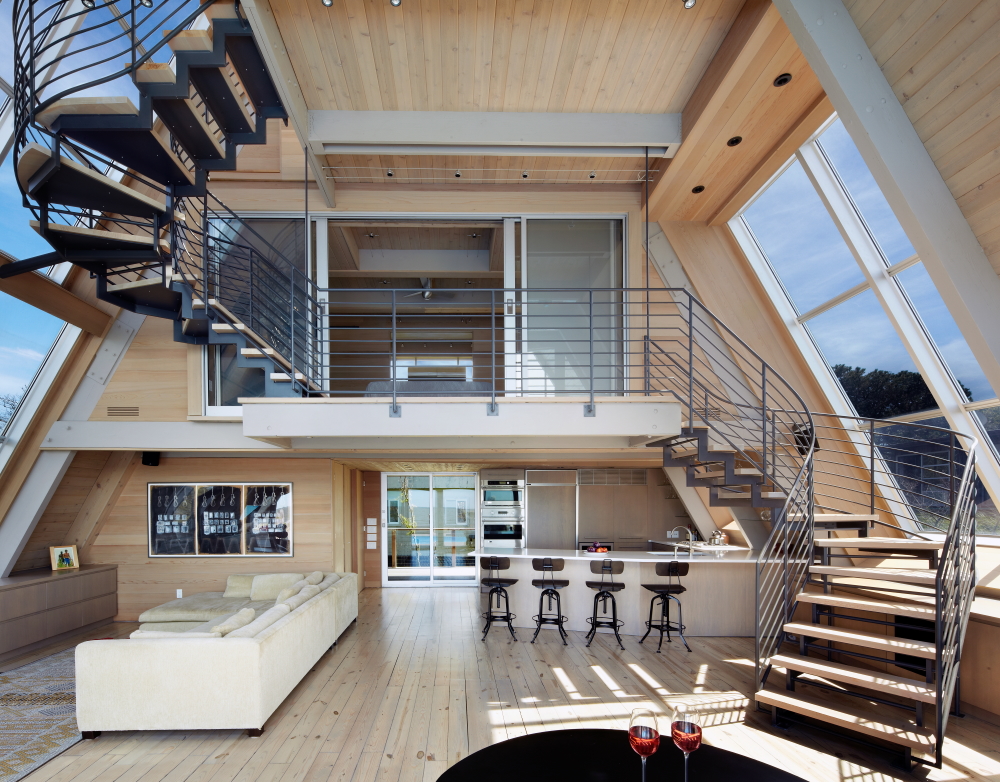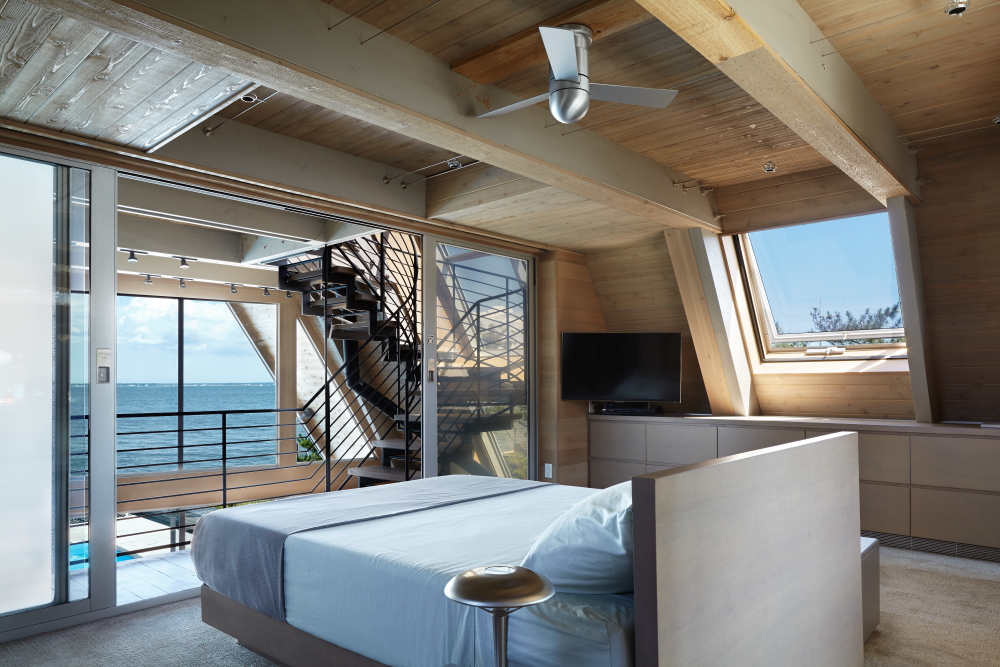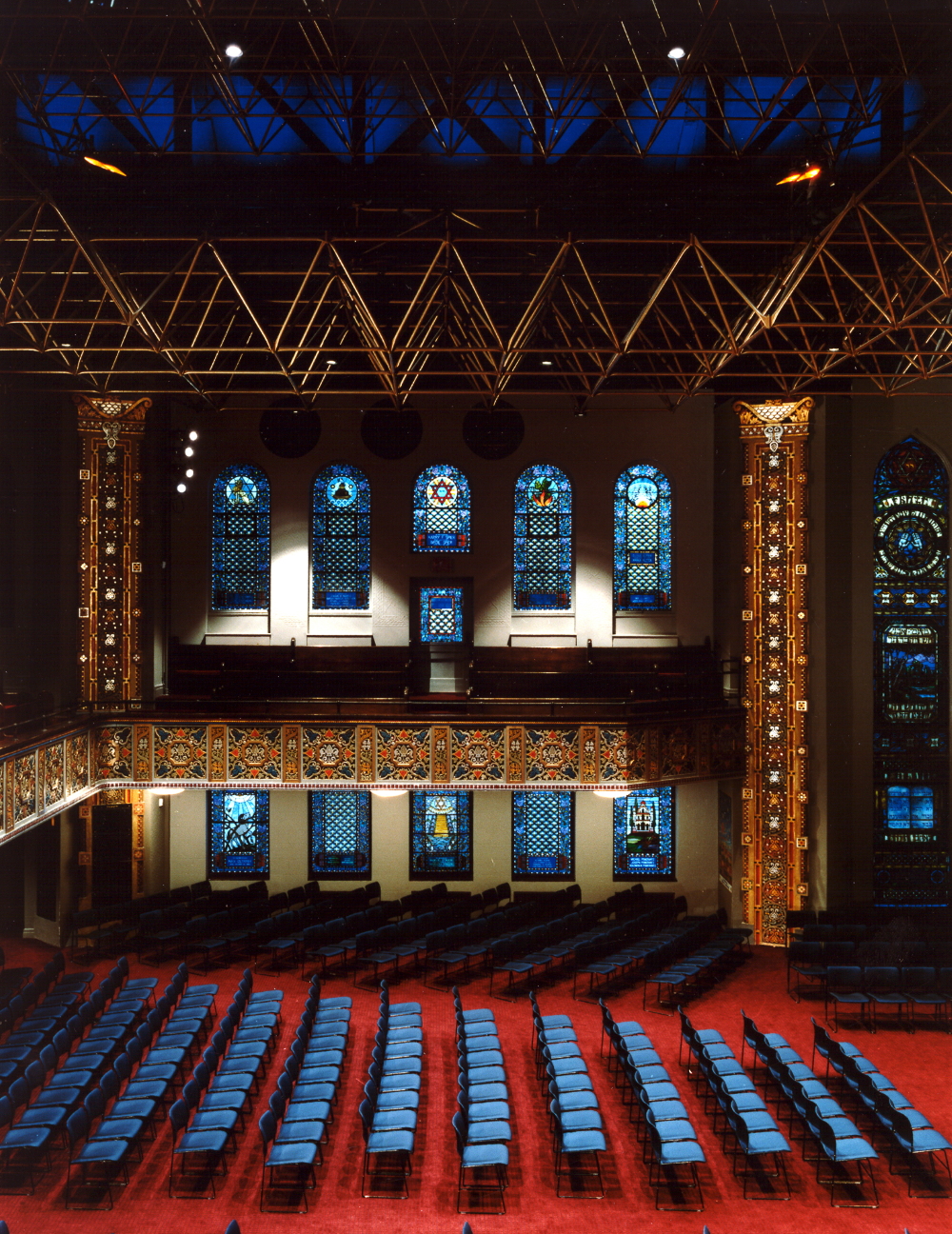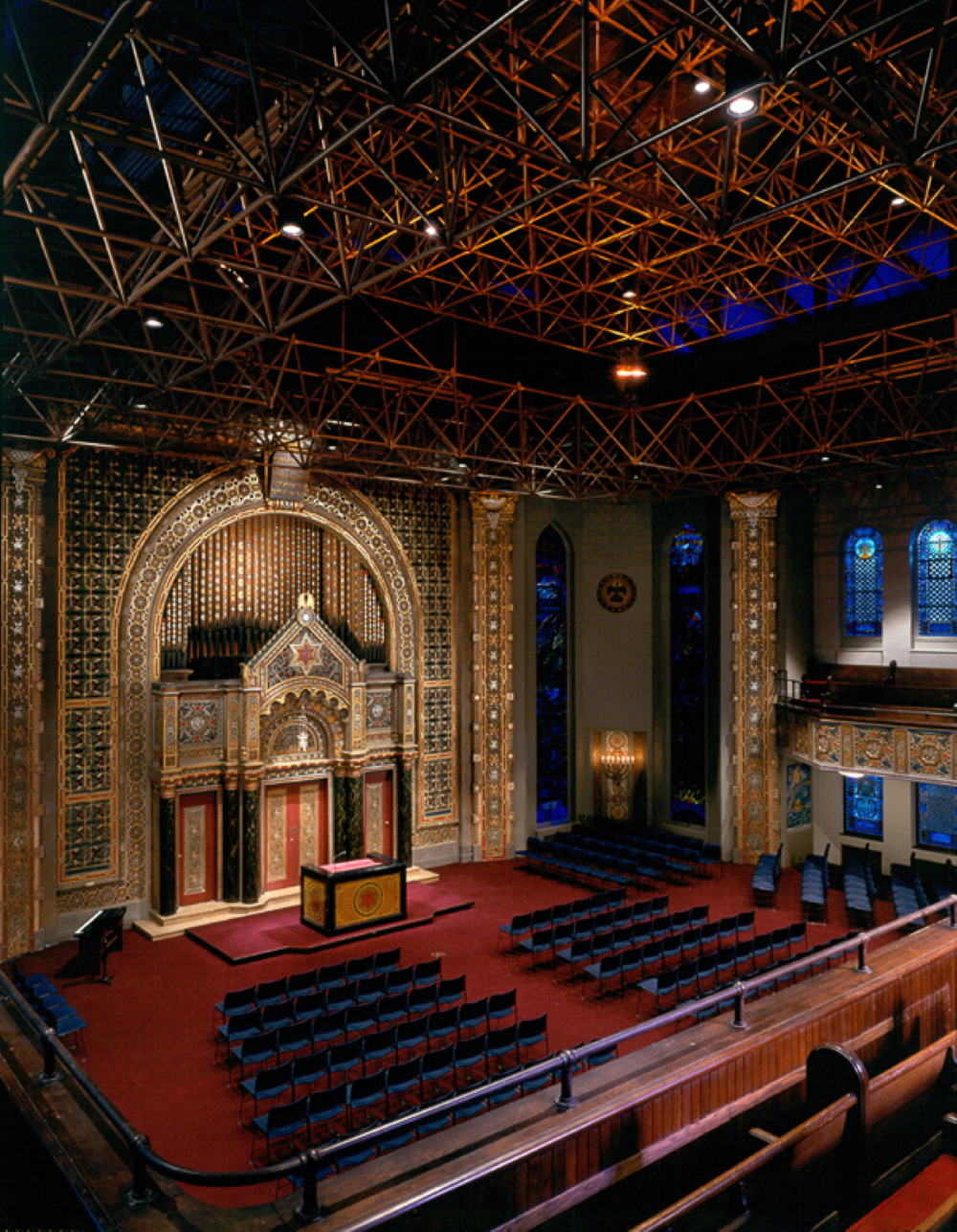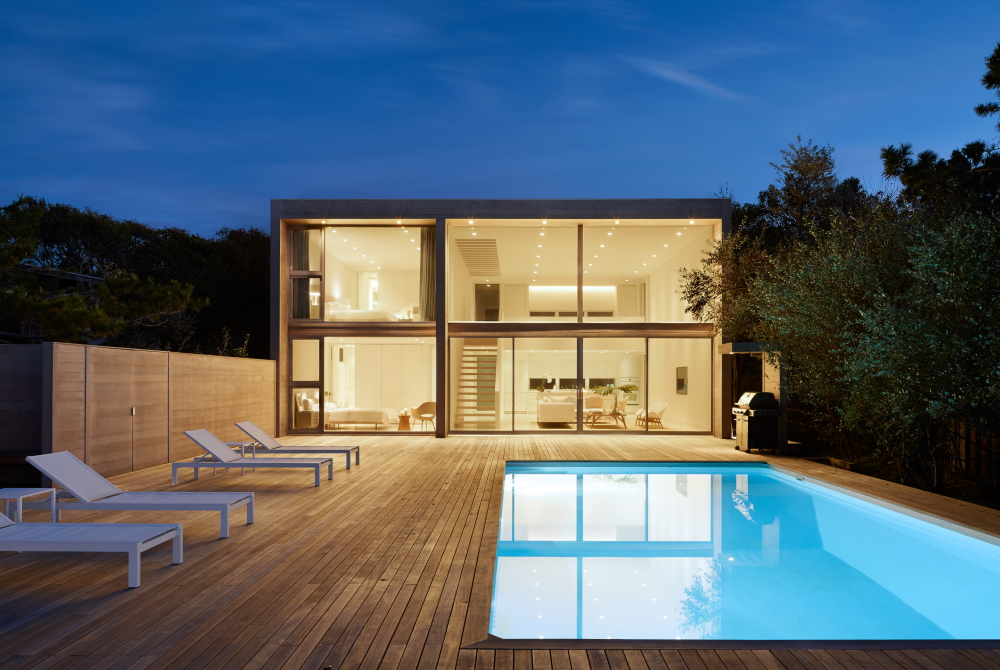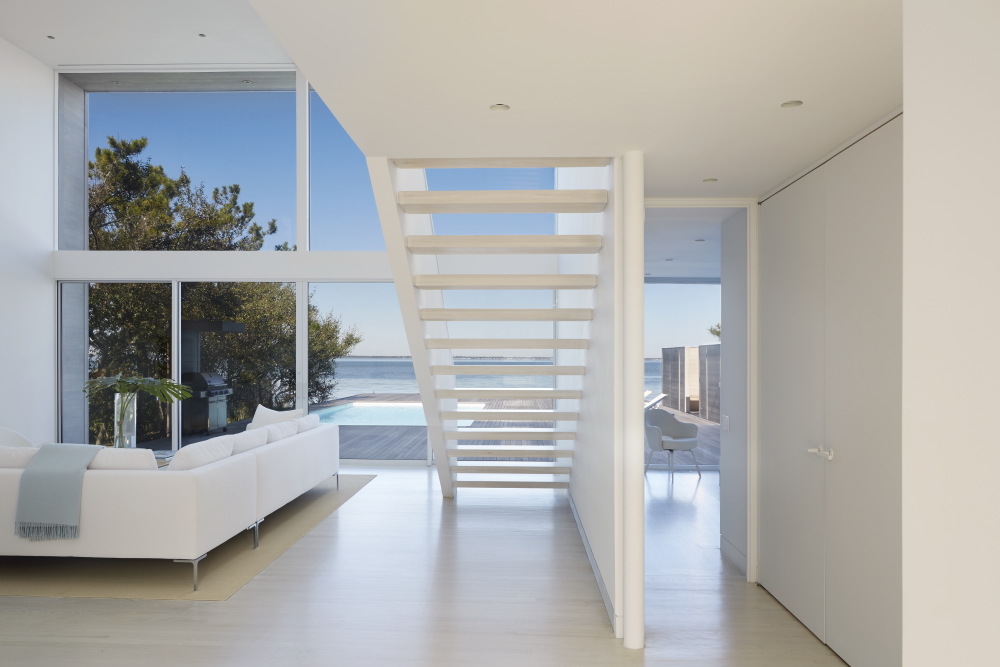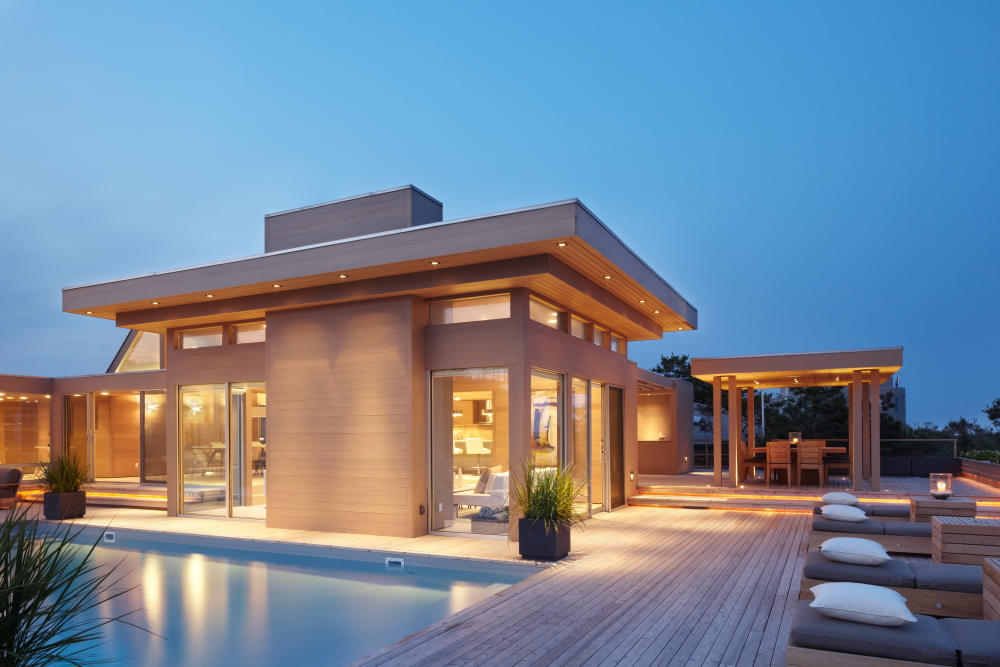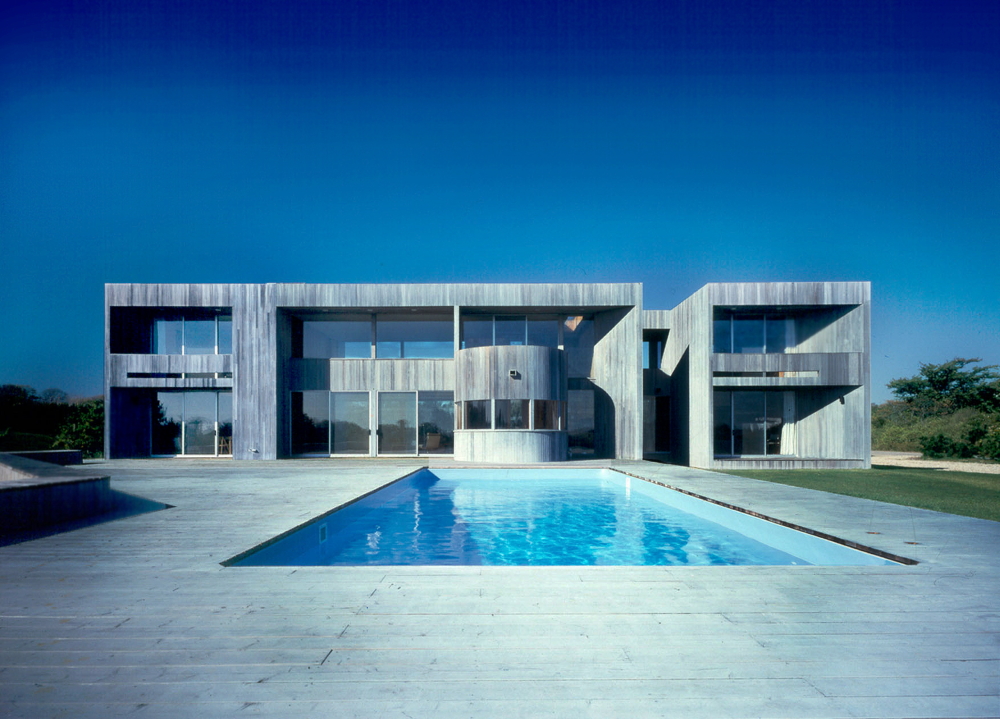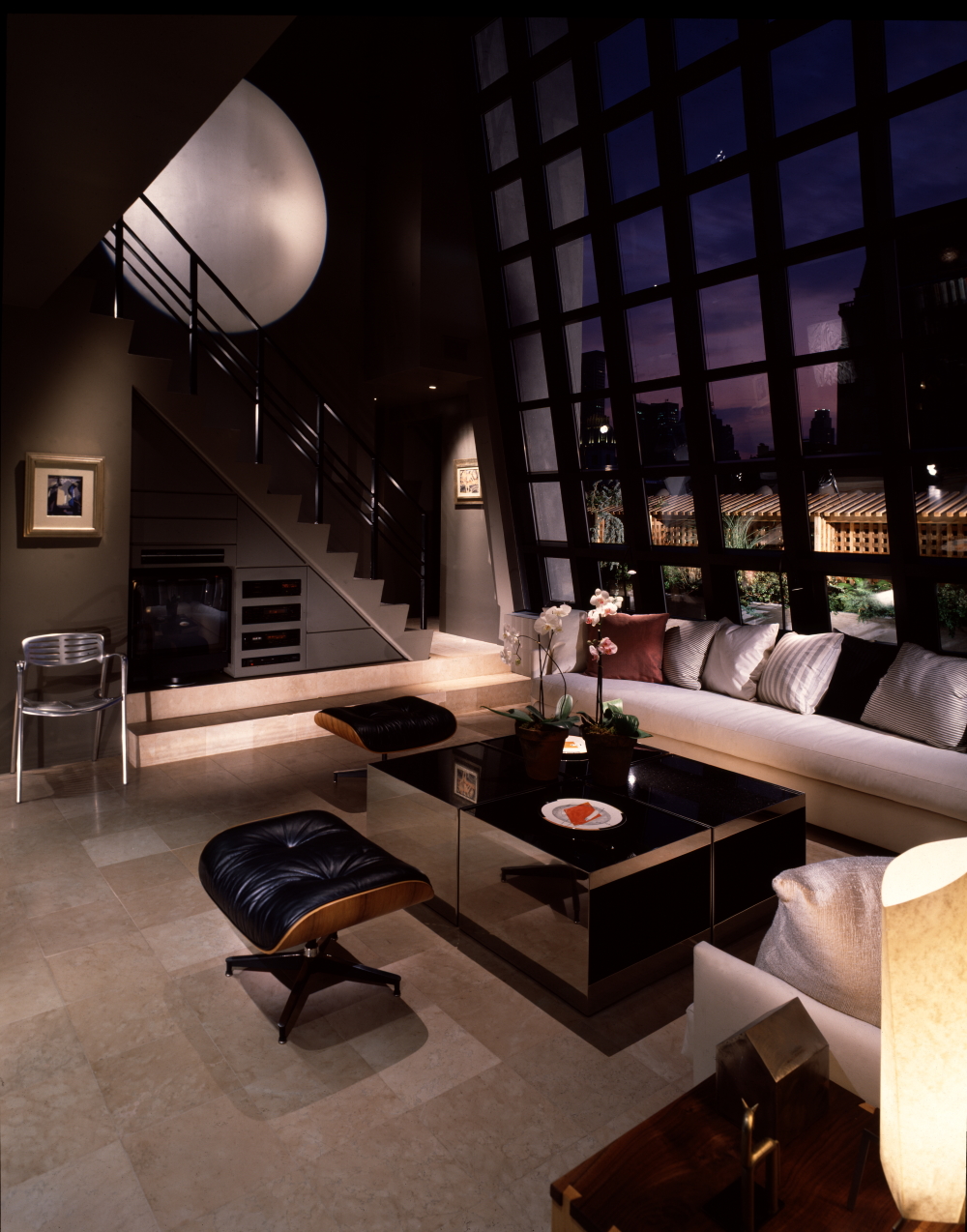R. Scott Bromley
architect ("Studio 54")
Canada / US
„For his groundbreaking architectural work for the world's most famous and infamous night club 'Studio 54' he will be forever remembered“ (intereriordesign.net). But the native Canadian „has also designed a vast range of other buildings: well-known restaurants and private residences, in particular on Fire Island (Long Island/New York), as well as the first international style nightclub in Moscow, the re-design of the only Richard Neutra house in San Francisco and the extraordinary B’Nai Jeshurun Temple in Manhattan/N.Y.“ (newyorksocialdiary.com). Some practical examples of this great modernist architect who was an inductee in the ‚Interior Design Hall of Fame‘ in 1991.
R. Scott Bromley
architect ("Studio 54")
Canada / US
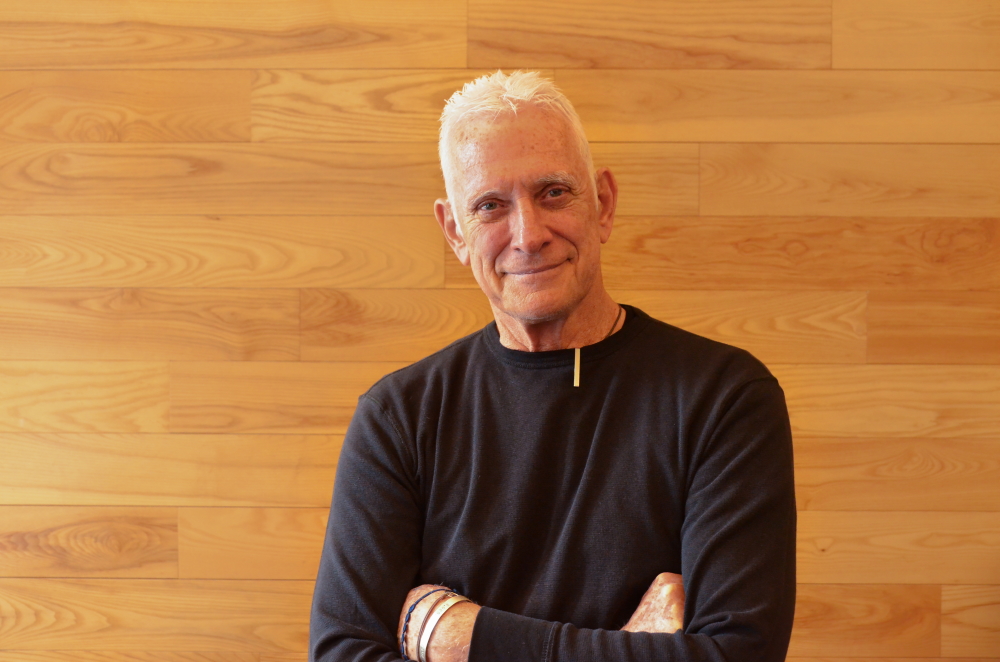
Pianist. Competitive swimmer. Architect. From these very different career paths that he could have taken R. Scott Bromley, who was born in rural Canada in 1939, finally decided for the last one by an unusual way.
„When I was in high school in my eleventh year, I still didn’t know what I was going to do when I was going to go to McGill“, he told mcgill.ca. „I thought, well, I was interested in two subjects: medicine and architecture and I really couldn’t decide which I was going to do so I decided, “The only way I’m going to figure this out is-” I picked A instead of M because A came first in the alphabet. So I went into architecture. And during my first year, I realized I had made the right choice.“
Graduating from Montreal‘s McGill University in 1963 he travelled to New York City and started his career at Philip Johnson’s office, known for his works of modern and postmodern architecture. There Mr. Bromley quickly became head of the design department. In 1969 he joined ‚Emery Roth & Sons‘ being responsible for the design of numerous new high-rise apartment buildings and commercial office towers. Five years later he established his own practice. On the heels of designing the legendary ‚Studio 54‘ the firm ‚Bromley/Jacobsen Architecture + Design‘ was formed. Their building renovation for the furniture store ‚Abitare‘ in NY won the award of the AIA (‚American Institute of Architects‘). After Mr. Jacobsen had died in 1986, Scott Bromley continued as a sole practioner. Among various projects he completed residentials for singer Diana Ross and actor Robert Redford.
Come 1991 a professional relationship with a former associate was renewed and led to ‚Bromley Caldari Architects PC‘. Despite this firm „equally adepts at designing houses at the beach, apartments in town, renovating industrial buildings or preservering historical structures“ and „has been featured in numerous architecture and design books/magazines around the globe“ (Homepage), Mr. Bromley‘s name is connected forever with being the ‚Studio 54 architect‘. At his first visit at the former theatre in 1977 “he immediately had a vision that would capture the pulse of the time. “I said, ‘Everyone wants to be on the stage, let’s make the stage the dance floor‘”, he remembers“ (1stdibs.com/blogs). „I learned a lot designing Studio 54, because it’s all magic. It’s like Disney. It’s all, you know, visual excitement, visual eroticism. It’s completely different because you can paint out a background and then just have things pop out in fluorescent colours or whatever and different designs and it’s a whole different bag of tricks“ (mcgill.ca). Speaking of tricks in a profession that is shaped by the latest computer programmes, this legendary figure reveals a surpring fact: „I’m the only one that draws by hand in the office anymore.“
R. Scott Bromley, who is known for his easy-going nature, splits his time between Manhattan (business) and Fire Island (private life).
Interview June 2022
The alphabet decided about career: legendary ‚Studio 54‘ and extraordinary ‚B’nai Jeshurun Synagogue‘ among references
INTUITION/IMAGINATION
How does intuition present itself to you – in form of a suspicious impression, a spontaneous visualisation or whatever - maybe in dreams?
My wheels start racing as a solution presents itself to the mind’s eye. So I will make a margarita and sketch it out.
Do you visualise something spontaneously in your mind’s eye - maybe in dreams?
When designing houses, we often visualize areas where the occupants can have sex (other than their bedroom) and try to include at least three such places.
What if there is a deadline, but no intuition? Does the first fuel the latter maybe?
That’s a problem.
Are great ideas based on intuition and - as a possible follow-up - do they reveal themselves in a kind of clear as well complete version that just to be realized? Or is it endless trials and errors that result in constant developments up until the final result?
Plans, sections, elevations need to be developed. A concept is just a concept until it is resolved into an idea - then a plan - then an object.
World-famous guitarist Carlos Santana said to me, when the “sky” opens and sends you a brainwave one has to grab that special spiritual moment for realising it before the clouds darken all again. What do you think about that?
Strike while the iron is hot.
Does every idea exist immaterially already and just has to be put into effect, i.e. is creativity in its profound purpose basically about transferring dreams into reality?
No. In Architecture an amalgam of factors plays into the formulation of an idea, one cannot consider an architectural solution in a vacuum. After understanding the brief in it all its’ nuance and depth we can begin to postulate about the plan and the form but it is not ethereal.
INSPIRATION
What inspires you and how do you stimulate this special form of imaginativeness?
I am inspired by environment, by the challenges of the project brief, by my co-creator, Jerry Caldari, and by the wonderful staff we have assembled at Bromley Caldari Architects
Do calm and relaxation prove the most suitable or does pressure fire up creativity?
Both actually. It is always nice to have time and space to mull things over. But sometimes pressure makes for a good solution, one must think on one’s feet.
How do you separate the good from the bad and which ideas are worthwhile to be explored further or whether one idea has the potential of being outstanding really?
My partner, Jerry Caldari, helps with that
What key characteristic does an idea need to be viable i.e. does it have to appeal to you personally or promise commercial potential/fulfil certain needs?
We are Architects. We design to a brief, the brief needs to be satisfied creatively - the form of the project, the function, the visual elements, the methodology, the budget are all considered, often simultaneously.
Do you sometimes revisit old(er) ideas (especially in tough times of need)?
Certain things are tried and true, gravity is always a downward force, the wind acts laterally. We don‘t always need to reivent the wheel but each solution needs to be fresh and unique to its‘ circumstances.
How long do you ponder an idea before creatively working on it?
As short of a time as possible to keep the idea fresh on the page, then a revisit, a reworking to develop it into something real.
?: Do you check what colleagues/competitors are up to/your role models contrive(d)?
Colleagues in the office, yes. Often our best solutons are the product of collaboration. I don’t think of our competitors, we don’t believe in competition. There’s plenty of work to go around and we’ve been doing this a long time.
CREATIVITY
Which time/place/environment suits your creative work process the best?
Early in the morning is best for me and even better if I am at my little place in Fire Island Pines.
Which path do you take from theory/idea to creation i.e. how do you start?
I start with a blue pen and a blank paper.
What does your average creative day look like (early bird or night worker)?
Early bird, but sometimes through the day into the night.
How important are self-doubt and criticism (by others) during such a process?
I am always open to constructive criticism and to re-examining my choices.
Is it better to be creative on your own, only trust your own instincts, or in a team?
Some combination of both works best.
Does age/life experience help with creativity or is a younger mind more creative, ‘cos it’s fresh and untouched by experience? What about social/cultural heritage?
It depends not only on what you are wearing but also who you’ve slept with recently. A young person runs in and makes love to a single idea or two while an older designer will stroll through a program and make love to many ideas.
Does living out creativity also mean ‘exploring who you are’?
Of course. How you are perceived by other and how you present yourself often determines what you can get away with or what others’ expectations are. Most of what we design or dream about is based upon sexual desires and fulfilments. Not usually with inappropriate partners or goals, but sometimes.
How is innovation still possible if one has established a distinctive style?
It may not be but consistency can be its own reward.
SUCCESS
Why are some people successful and others not - despite the same talents?
Success is often circumstantial, being in the right place at the right time.
Should/can one resist the temptation to recycle a ‘formula’ one’s successful with?
We try not to recycle ideas but sometimes a good solution for situation A might also be a good solution for situation B. Good design is good design.
MY FAVORITE WORK:
From the perspective of oneself as a designer, crafter, ideas person, one always tries for this outing to be better than the previous outing. We believe our best work is the latest effort we’ve made (at least it should be).


